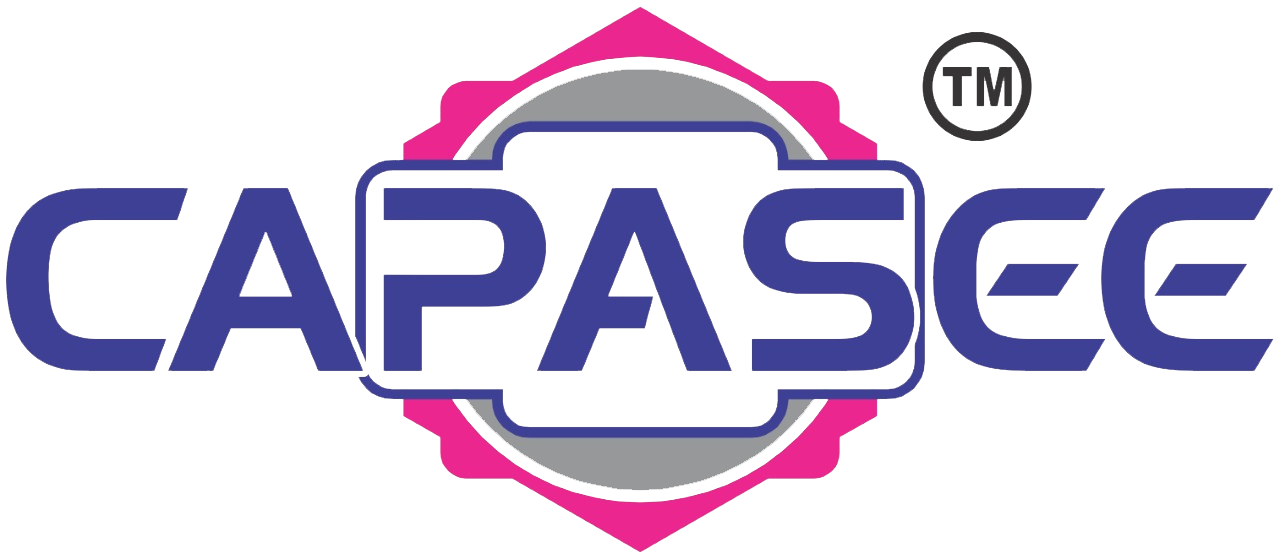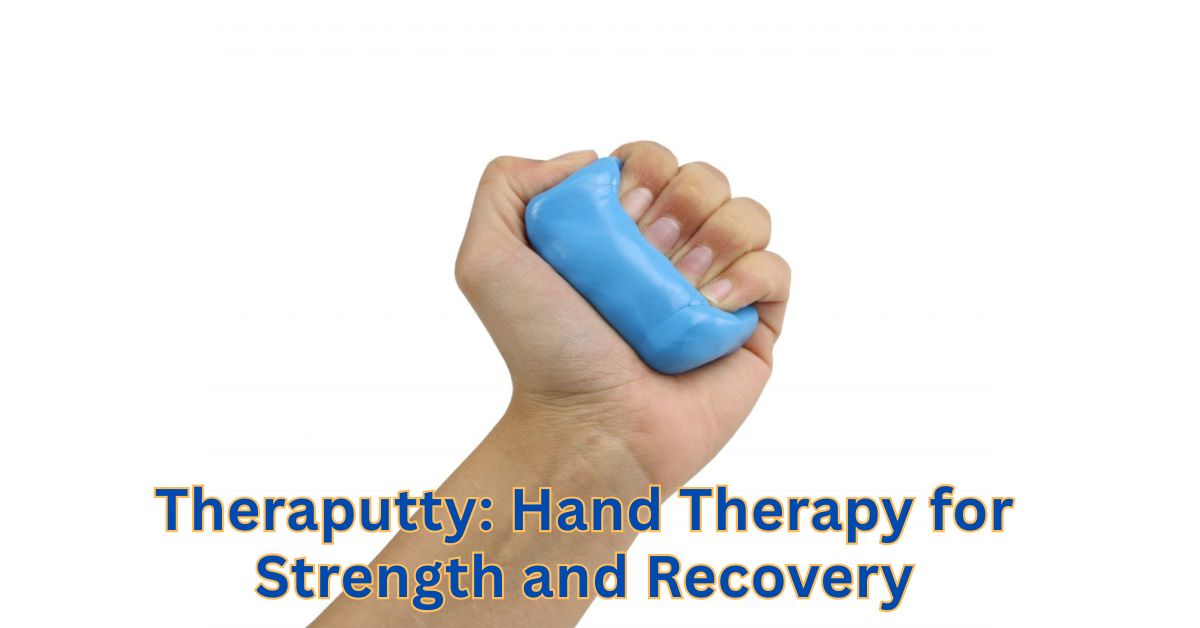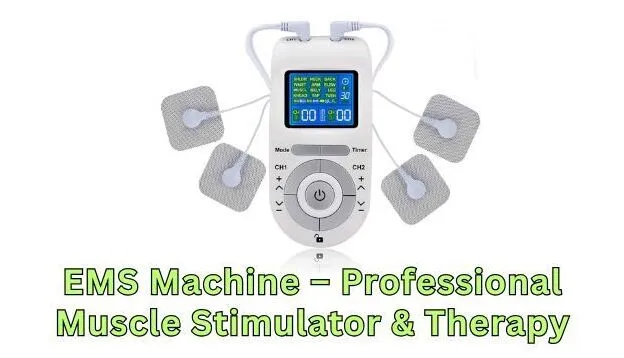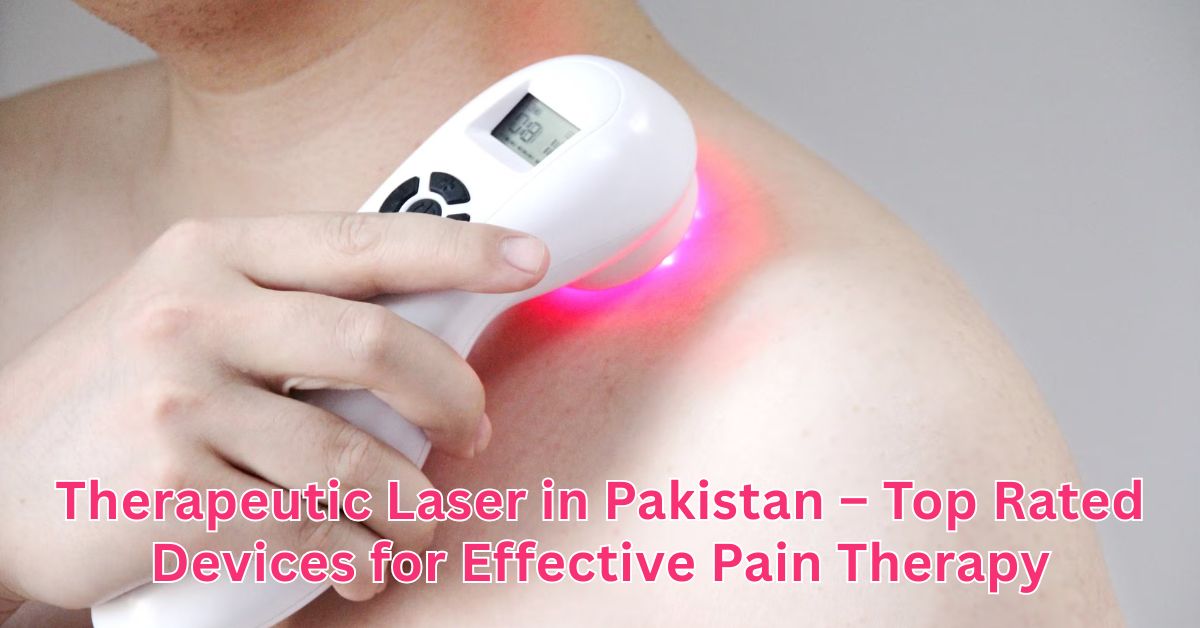Theraputty is a soft, moldable putty used to assist in finger and hand strength building. Perfect for all ages, it comes in a variety of colors and degrees of resistance. Therapists and doctors frequently utilize it for hand exercises and rehabilitation.
If you have hand injuries or feel pain, this easy and enjoyable instrument could be of use. Theraputty can aid those with arthritis or following a stroke, increase finger flexibility, and even help grip strength. It’s like a little hand only gym session.
This post will teach you how to use Theraputty the correct way, which exercises are most effective, and how it may help gradually strengthen and increase flexibility of your hands.
What is Theraputty?

In hand therapy, Theraputty is a soft, mold able material used to remediate and strengthen hand muscles. From light to strong, every one of the many colors represents a specific level of resistance. Theraputty is medical grade and used for therapeutic purposes unlike normal playdough, hence it is robust, not prone to easy spoilage and safe for rehabilitation exercises.
Theraputty is applied by people recovering from surgery, patients suffering diseases like arthritis or carpal tunnel syndrome, and children with developmental disorder. For sportsmen, who recover from hand or wrist injury, it is especially useful. Theraputty is a supple tool in physical therapy and occupational therapy, for facilitating fine motor skills, finger agility, and strength of grip.
You May Also Read This Blog: Top Uses of a Sphygmomanometer in Healthcare
Benefits of Theraputty Exercises
Theraputty is of great help in terms of hand rehabilitation and stroke healing. Through the strengthening of the fingers and hands’ muscles, it promotes fine motor skills. Theraputty remedial workout uses constant hand exercises to build pinch strength, grip strength, and dexterity of fingers. Besides the promotion of neuroplasticity through their encouragement of the brain for reestablishing connections and motor control after neurological damage, these activities have other benefits. Theraputty is able to restore the capacity of the hands as well as reduce spasticity.
Theraputty is a great instrument for post-stroke hand therapy for Pakistani stroke sufferers. Occupational therapists advise this instrument for enhancing thumb and finger isolation as well as finger coordination. Therapy putty improves range of motion exercises and offers the repeated movement required for brain rewiring in a daily exercise regimen. These drills help the brain heal and take control of finger flexion and extension.
At Home Therapy and Dexterity Improvement
One simple and efficient approach for patients to complete home rehabilitation activities is with Theraputty. Advanced hand therapy programs frequently include it as part of a regimen meant to strengthen muscles and enhance fine motor recovery. Patients can start with softer putty and progressively migrate to harder resistance by varying the Therapy putty resistance levels. This advances finger spread and grip strength. For those recuperating from neurological impairment, daily use of Theraputty aids motor rehabilitation and stimulates senses.
Many stroke victims in Pakistan hand recovery employ Theraputty in their rehabilitation regimens. Neurological physical therapy and cognitive motor therapy depend on tools such as hand therapy goods and therapy putty packs. After a stroke, the easy workouts help patients regain increasing finger dexterity. Studies reveal that these instruments, combined with the guidance of professionals like Andrea Reinkensmeyer, can help with brain damage rehabilitation and enhance hand function.
Theraputty Resistance Table
| Putty Color | Resistance Level | Use in Therapy |
| Yellow | Extra Soft | Early-stage rehabilitation |
| Red | Soft | Light muscle strengthening |
| Green | Medium | Improve finger coordination |
| Blue | Firm | Advanced dexterity improvement |
Patients in Pakistan can make amazing improvements in stroke rehabilitation and motor skill training by using Theraputty and following particular routines. This device enables people to restore their hand function, improve their dexterity, and continue on their road to complete recovery.
Improves Grip Strength
Theraputty is a convenient and successful tool for increasing grip strength. The combination of hand exercises with hand treatment helps in improving muscles in your fingers and hand. This makes tasks such as opening jars or carrying commodities easier. The resistance from the putty helps in muscle development, thus enhancing the productivity of the hand. In particular, for those recovering from neurological damage or stroke, it is an important instrument in physical therapy and rehabilitation.
Daily Theraputty use can help increase fine motor abilities and finger dexterity. These drills increase brain activity, promoting neuroplasticity and brain rewiring. These exercises help those with spasticity or issues with thumb and finger coordination. Additionally, it supports range of motion exercises and motor control. It’s a good approach to gain confidence and strength for daily tasks.
Enhances Finger Dexterity

One can increase finger dexterity with Theraputty. For tasks like writing, typing, and other fine motor abilities, it helps build muscles in the hands and fingers. Your fingers become more coordinated and nimble from repeated motion. In physical therapy, this tool is often used to help stroke or neurological injury sufferers restore hand function and improve hand coordination.
Frequent use of hand therapy putty stimulates neuroplasticity, the brain’s capacity to change and form new connections. For people involved in fine motor therapy, this makes Theraputty a valuable tool. Regular exercises enhance motor recovery and supports finger movement therapy. It also aids in spasticity management and strengthens muscles, facilitating daily activities like typing or writing.
Reduces Stiffness
For people with arthritis or recovering from an injury, Theraputty is excellent for reducing hand stiffness. Hand therapy putty’s resistance helps to release tight muscles and joints. Frequent hand workouts help restore hand function and increase finger dexterity, facilitating better movement. For those suffering from stiffness or neurological damage, it can significantly improve mobility over time.
Therapist putty also aids in recovery from brain damage or a stroke. Essential for restoring hand mobility, it improves fine motor recovery and muscular strength. The resistance training offered by Theraputty enhances finger extension and grip strength, easing daily chores. Regular use of putty exercises helps preserve flexibility and motor control, improving overall hand performance.
Promotes Blood Circulation
Regular Theraputty use improves blood circulation in the hands. Squeezing, stretching, and moving the putty stimulates blood flow to the muscles and joints. After an injury or during stroke recovery, muscle strengthening and healing depend on this increased circulation. It supports motor recovery and fine motor skills by delivering oxygen and nutrients to the affected areas, speeding the healing process.
Those with stiffness or neurological damage can greatly benefit from therapy putty activities. They stimulate neuroplasticity, helping the brain to rewire and regain lost functions. Frequent hand workouts with putty improve hand function and finger dexterity. Constant motion aids in rehabilitation, enhancing finger coordination and grip strength. Overall, it speeds healing and prevents immobility and stiffness.
Customizable Resistance
Theraputty offers adjustable resistance levels tailored to a person’s rehabilitation stage. Patients can increase resistance to challenged muscles and improve grip strength as hand therapy progresses. Stroke recovery and muscle building depend on this gradual progression. The therapy can be customized to match each individual’s recovery pace and needs.
Customizing resistance in Theraputty helps promote neuroplasticity and support fine motor restoration. This progressive approach improves finger dexterity, hand function, and motor control. The therapeutic putty can be made firmer as spasticity or stiffness decreases, improving coordination and encouraging repetitive movement. Hand rehabilitation following a stroke or neurological damage greatly benefits from this adaptive tool.
Portable & Convenient
For hand rehabilitation, Theraputty is a portable and practical tool. It can be used for hand exercises, whether you’re at home, at work, or while traveling. It offers a simple way to continue muscle strengthening and stroke recovery anywhere. Easily packed into a backpack, it enables finger flexion, grip training, and fine motor skill development.
This therapeutic instrument boosts finger dexterity and hand function, supporting neuroplasticity. Theraputty assists in motor recovery and reduces spasticity when used regularly during travel or work breaks. It’s ideal for at home therapy. Rehabilitation putty exercises also increase grip strength and finger coordination, aiding post stroke hand recovery.
How to Use Theraputty for Hand Therapy

One great tool for enhancing fine motor abilities and hand function is Theraputty. First, choose the appropriate resistance level depending on your present muscular strength to apply it for hand rehabilitation. Start with easy workouts, including finger flexion and extension. These exercises assist with finger dexterity and grip strength. As you get more comfortable and advance in your recovery, progressively challenge yourself.
For best effects, include Theraputty in a daily exercise program. Exercises involving repeated motion will aid in increasing hand coordination and activate neuroplasticity. Furthermore, helping with spasticity control and motor recovery following a stroke or neurological damage is the key. See an occupational therapist to develop a customized hand rehabilitation program for the best results.
Before You Begin
Before using the Theraputty for hand treatment, a person should undertake some warm-up activities. Light wrist rotations and finger stretches increase the flow of blood and prepare the muscles for more strenuous exercise. These exercises improve one’s finger dexterity and fine motor skills, making them highly effective in stroke recovery. Warm ups ensure that the hand function is not strained and reduce the possibility of injury during therapy.
Then, according to your present muscular strength and level of rehabilitation, select the appropriate resistance level of Theraputty. As you acquire strength, start with gentler resistance and work toward harder putty. Maintaining good posture throughout treatment helps you avoid strain on your hand or wrist. Correct posture not only promotes neuroplasticity and faster recovery following neurological damage but also ensures enhanced grip strength and thumb coordination.
Best Theraputty Exercises for Hand Strength & Recovery

Beginner Exercises
Build a foundation for hand rehabilitation with basic Theraputty exercises. Squeeze the Theraputty in your palm for a few seconds, then release. Repeating this will improve finger dexterity and grip strength. For those suffering from neurological damage or stroke, these exercises are excellent and enhance fine motor abilities. For better hand function, also try simple finger flexion and extension motions.
Intermediate Exercises
Advance to rolling the Theraputty into a ball and pinching it between your fingers as you build strength. This sharpens finger coordination and pinch strength. Another good practice is thumb isolation, moving it in several directions. Important for neurological rehabilitation are neuroplasticity and motor recovery, which this advanced therapy supports. These drills also improve thumb and finger coordination and help to increase range of motion.
Beginner Exercises
Power Grip Exercise
Theraputty enables a basic exercise called the Power Grip. Holding the putty in your palm, squeeze it for a few seconds, then let go. This workout improves hand function and strengthens grip. For people with neurological damage or stroke, regular practice can support muscle strengthening and fine motor skills qualities that are essential. This is a gentle hand exercise engaging your entire hand.
Finger Spread Exercise
Pressing Theraputty between your fingers and then spreading them apart creates the Finger Spread exercise. This enhances finger coordination and dexterity. Repeating this technique increases range of motion and supports fine motor recovery. This exercise improves hand flexibility and general hand coordination, making it especially beneficial for individuals with spasticity or muscle weakness.
Intermediate Exercises
Finger Scissors Exercise
Hand coordination and finger dexterity are enhanced by the Finger Scissors exercise. As you squeeze the Theraputty, press your fingers together and move like a scissor opening and closing them. This exercise improves fine motor abilities and aids muscular strengthening qualities absolutely vital for stroke rehabilitation. It’s a great approach to increase neuroplasticity and hence enhance grip strength and general hand performance.
Thumb Press Exercise
The Thumb Press exercise works on strengthening the thumb and raising opponent strength. Holding the Theraputty, firmly press your thumb into it. For jobs requiring precise motor control, thumb and finger coordination is crucial and this helps to improve it. Particularly for people recovering from neurological damage or stroke rehabilitation, consistent practice of exercise will help muscles develop and heal.
Advanced Exercises
Composite Fist Exercise
The Composite Fist exercise consists of making a full hand grasp with Theraputty and holding it under opposition. Important for stroke recovery and neurological damage healing, this exercise increases hand muscle strength and grip power. It addresses the whole hand, therefore enhancing finger dexterity and hand function qualities necessary for daily activities and fine motor recovery.
Isolated Pinch & Pull
Pinch the Theraputty and precisely pull it in the isolated Pinch & Pull workout. Crucially for hand coordination, this increases fine motor skills and develops pinch strength. Through improved thumb and finger coordination, it also aids in developing hand rehabilitation and finger mobility therapy. Frequent performance of this exercise can increase neuroplasticity and help in motor rehabilitation following neurological injury.
Theraputty Exercises for Specific Conditions

Therapist’s tool for stroke recovery
Theraputty improves hand function, hence it is quite important for stroke recovery. Following a stroke, it helps regain finger dexterity and fine motor skills. Simple workouts like finger flexion and extension help to build muscles and improve grip strength. Regular exercise activates neuroplasticity, therefore enhancing the brain’s capacity for new neural connections. This makes therapeutic putty a necessary instrument in rehabilitation.
Theraputty for Neurological Conditions
Theraputty helps those healing from neurological damage restore motor control and spasticity decrease. Exercises aiming at thumb isolation and hand coordination help increase finger movement and pinch strength. Recovering fine motor skills and neurological impairment depend on these therapeutic activities. Theraputty offers the appropriate resistance, so supporting daily repetition for ongoing motor recovery improvement.
Arthritis Relief
For those with arthritis, Theraputty comes in handy. Simple activities like finger rolls and light squeezing help hand strength and performance. These activities help to lower stiffness and improve finger dexterity as well. Therapy’s mild resistance is a great supplement to occupational therapy programs since it improves joint mobility and grip strength. Regularity of these exercises greatly enhances fine motor abilities.
Therapeutic hand putty exercises give patients with arthritis pain relief and more range of motion. Exercises involving finger flexion and extension help to relieve stress and enhance hand coordination. Including putty in a daily workout helps with neuroplasticity and enhances recuperation. Using persistent therapy, spasticity and muscular weakness are addressed, therefore improving finger movement and facilitating general arthritis relief.
Post Stroke Rehabilitation
Therapeutic utensils are very significant in post-stroke rehabilitation. Finger isolation and hand grip strengthening activities help to enhance the performance of the hand. Fine motor skills and finger dexterity can be practiced by the patients using the therapeutic putty, hence developing their grip power and coordination. Regular daily practice of such exercises is beneficial in the recovery of neurological damage and increasing neuroplasticity, hence facilitating the restoration of finger movements in stroke survivors.
Furthermore beneficial for thumb and finger coordination are finger isolation drills. Patients may target particular muscles and regain strength by performing resistance training with therapeutic hand putty. These drills also help to improve finger coordination and lessen stiffness. Therapy putty is a great tool for stroke victims in rehabilitation since it supports the process of brain rewiring and facilitates long term motor recovery.
Carpal Tunnel Syndrome
One useful instrument for Carpal Tunnel Syndrome relief is thermoputty. Using it for nerve gliding exercises and wrist stretches helps hand function and lowers pain. These drills enhance grip strength and finger dexterity. They also encourage flexibility and good motor abilities. Targeting particular hand muscles, therapy putty supports the process of neuroplasticity in rehabilitation and aids with muscular strengthening.
Including therapy putty with nerve gliding movements helps the hand and wrist heal. These activities promote the brain remodeling required for healing. Theraputty aids in motor recovery by helping thumb and finger coordination to be better. Regularity of these stretches and exercises improves hand coordination and helps to lower spasticity. For patients healing from Carpal Tunnel Syndrome, overall an at home therapy program must include therapeutic putty.
Pediatric Therapy
In pediatric therapy, Theraputty is a terrific approach to involve kids in enjoyable, therapeutic activities. Simple activities such as forming shapes or rolling the putty into small balls help to increase finger dexterity and fine motor abilities. These pursuits boost muscle strength and improve hand coordination as well. Such games are interesting for children and help them to develop hand skills.
Playing hide and seek with small things in the putty is another enjoyable pastime. This motivates kids to stretch and work with the putty, therefore enhancing their pinch and grip strength. Additionally beneficial for finger movement therapy and the acquisition of sensory motor abilities, important components of pediatric treatment, since regular play with Theraputty increases neuroplasticity and helps in motor rehabilitation.
Free Theraputty Exercise PDF Guide

One great tool for improving hand function and fine motor abilities is a Theraputty workout PDF booklet. Therapy putty for hand rehabilitation helps to increase finger dexterity, grip strength, and pinch strength. Daily basic exercises included in this book help to increase motor control and enhance muscle strength. Theraputty’s resistance training increases neuroplasticity and helps restore fine motor ability.
The PDF guide’s exercises center on several facets of hand rehabilitation, including range of motion exercises and finger mobility therapy. Targeting several hand functions thumb isolation and finger spread—which are essential for stroke recovery these workouts help with regular use of the Theraputty as part of an at home therapy program helps in healing following a neurological damage. Simple to follow, the Theraputty exercises are perfect for recovering from neurological injury and increasing general hand coordination.
Encourage Readers to Track Progress
Using Theraputty for hand workouts calls for constant tracking of improvement. Motivation is developed by tracking little increases in finger dexterity, fine motor skills, and grip strength. Patients might better grasp their stroke recovery and neuroplasticity by seeing their development over time. Frequent monitoring also helps pinpoint regions requiring greater attention, therefore enhancing the efficacy of hand rehabilitation and physical therapy programs.
Making a basic schedule to record daily putty exercises is crucial for improved results. To monitor development, patients might note changes in their finger motions, range of motion, and muscular strength. In this sense, the development becomes evident and increases confidence. People recovering from stroke or neurological damage can progressively restore their hand function and motor control by regular repetition and constant effort.
DIY Theraputty vs. Professional Grade
While DIY therapy is feasible, it lacks the exact resistance required for successful recuperation. While it can’t match the consistency and efficacy of medical grade putty, DIY putty can aid with simple hand workouts. Improving finger dexterity, muscle strength, and general fine motor skills in stroke recovery and neurological rehabilitation depends on the proper therapeutic hand putty.
Specifically meant for hand rehabilitation and muscle strengthening, medical grade therapeutic putty from finger extension to grip strength, it provides a spectrum of resistance levels that increase its efficacy in meeting various needs. Professional grade therapy putty guarantees regulated sensory stimulation and spasticity control, unlike handcrafted solutions. For advanced hand therapy, particularly for post-stroke hand rehabilitation and motor recovery, this is a vital instrument.
FAQ’s
Does theraputty increase grip strength?
Indeed, by offering resistance during exercises targeting the hand muscles, therapy aids in the growth of grip strength.
How to use theraputty for hands?
Stretch, compress, knead theraputty with your fingers to increase fine motor skills and muscular strength.
What is theraputty used for?
Hand rehabilitation with Theraputty helps to increase finger dexterity, grip strength, and promoting healing following injuries or stroke.
What are the benefits of hand putty?
Hand putty improves fine motor abilities, finger coordination, grip strength, and helps stroke recovery by means of rehabilitation.
What are the different strengths of therapy putty?
Rehabilitation putty ranges in strength from light to hard, to fit personal demands for hand rehabilitation and resistance training.
Conclusion
Theraputty is a great instrument in rehabilitation since it provides major advantages for hand therapy. Perfect for stroke recovery and neurological therapy, it helps increase fine motor abilities, finger dexterity, and grip strength. Targeting particular hand functions such as finger flexion, extension, and pinch strength, therapy putty helps people with spasticity decrease and improve motor control. Patients healing from brain traumas or those suffering neurological damage especially benefit from this instrument. Theraputty can help neuroplasticity and brain rewiring by constant application, therefore encouraging long-lasting changes in hand function and general motor recovery.
Consistency is really essential for optimum outcomes. Frequent hand exercises with theraputty help to strengthen hand muscles, increase thumb and finger coordination, and encourage a consistent healing process. Creating a daily exercise program with theraputty improves its efficacy, whether you’re post-strok,e hand rehabilitation or strengthening of muscle resistance for daily chores. Maintaining your therapy will help you to get long-term benefits and restore hand function. Recall that repeated motion and slow progress will help you restore control and increase strength. To recover the full potential of your hand and get the best outcomes, keep on advancing.




